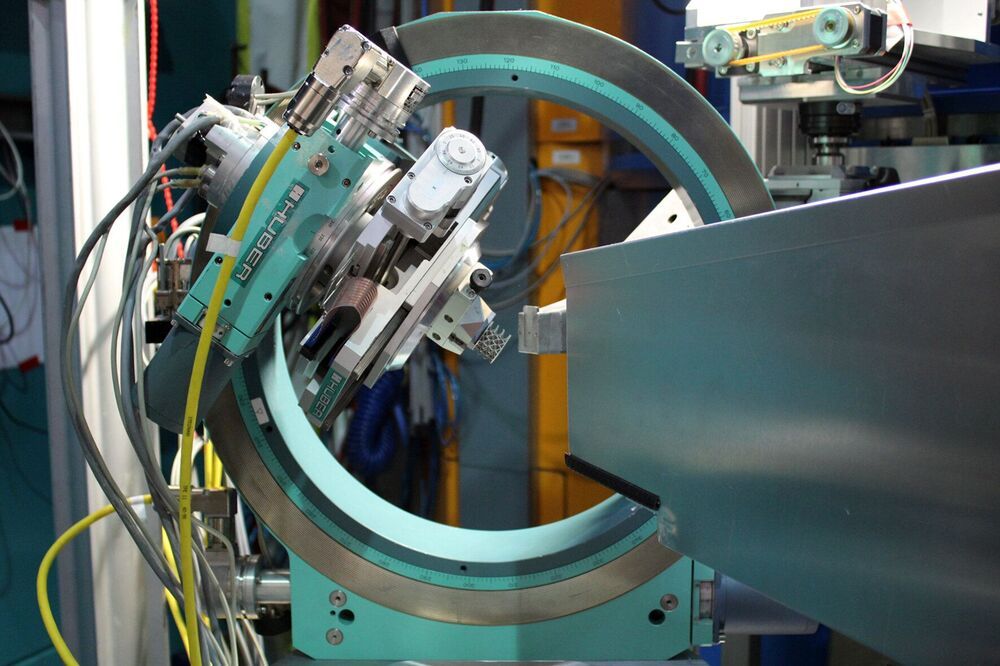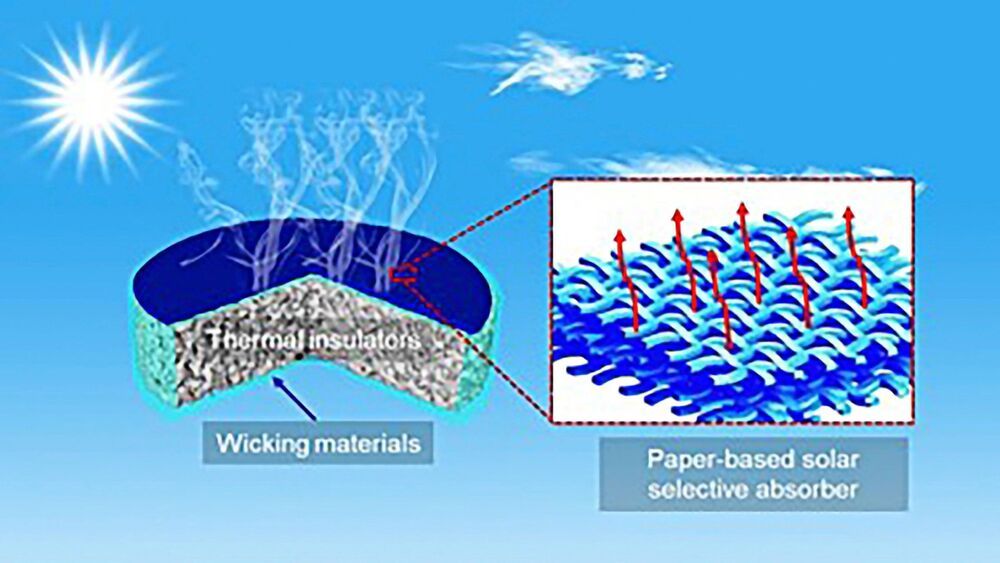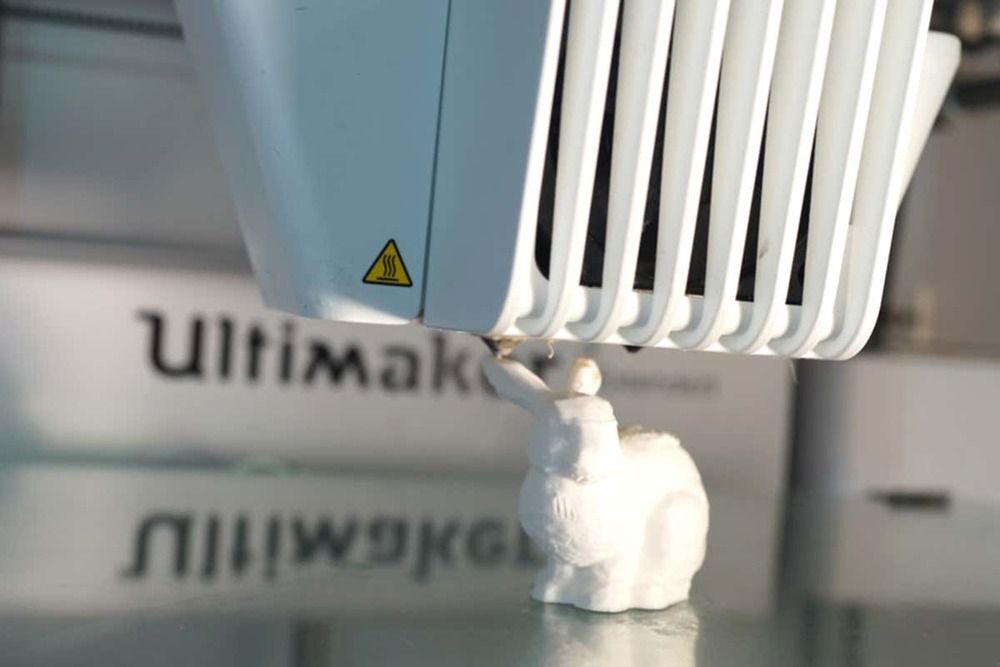After four months of hand-wringing and a deep investigation into how a patient was diagnosed with cancer after getting uniQure’s hemophilia gene therapy, the FDA is allowing the trial to continue.
In December, the FDA put uniQure’s hemophilia B gene therapy on clinical hold in response to a case of hepatocellular carcinoma (a form of liver cancer) in a patient in the pivotal trial of etranacogene dezaparvovec.
UniQure and partner CSL Behring had already completed dosing in the affected studies, but the safety concern threatened the chances of the therapy in an indication targeted by Pfizer and Spark Therapeutics’ fidanacogene elaparvovec.









